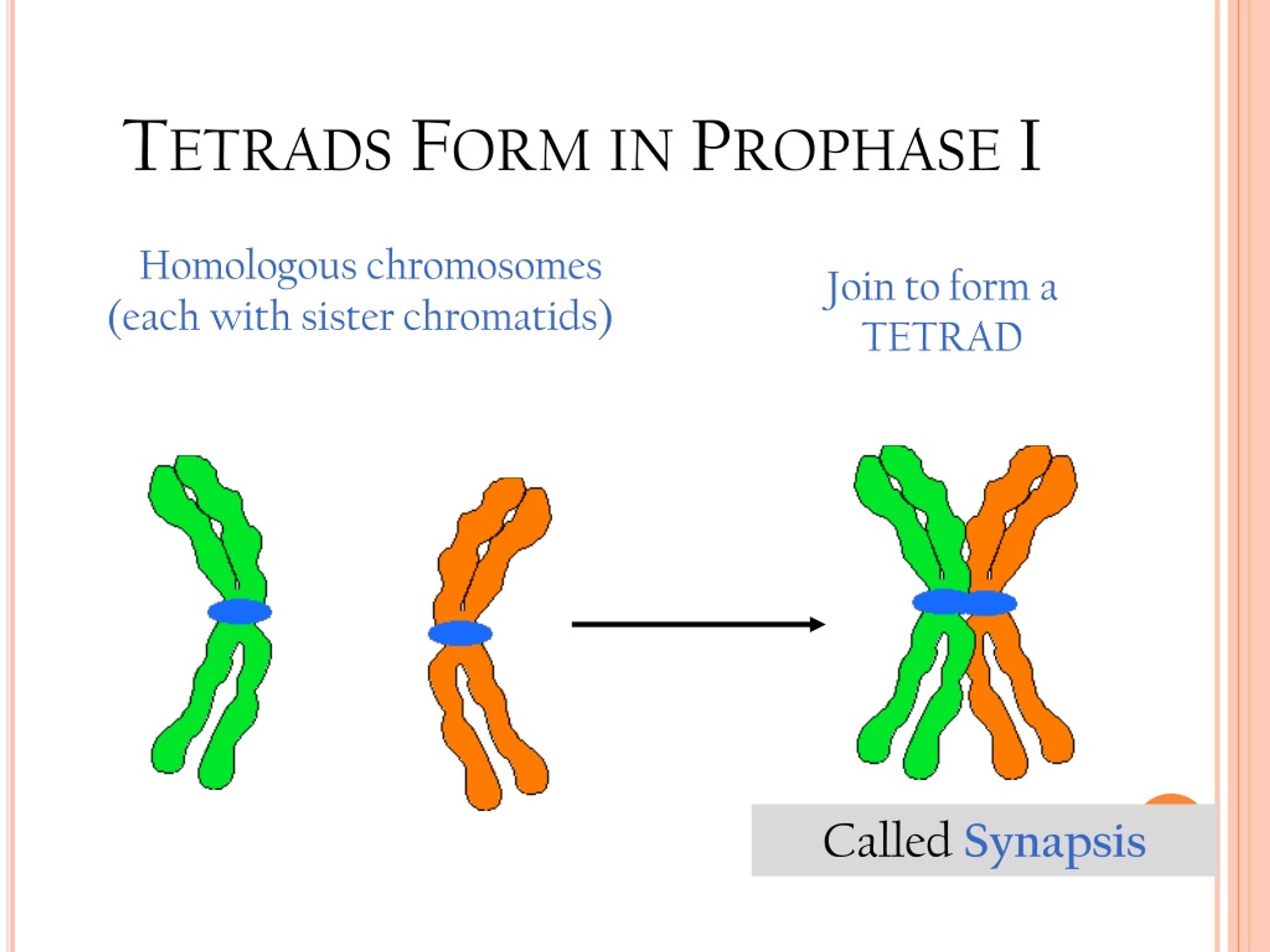

They are involved in the chromatin mobility, mobility, and clusters of DNA breaks, and double-strand break repair. The LINC complexes consist of the conserved inner nuclear membrane SUN proteins and outer nuclear membrane KASH proteins. The LINC complexes play critical roles in multiple fundamental cellular processes, including nuclear migration, meiotic chromosome pairing, mechanotransduction, and nuclear shape maintenance. Linkers of nucleoskeleton and cytoskeleton (LINC) complexes are conserved nuclear membrane proteins that span in the nuclear envelope to connect cytoskeletal and nucleoskeletal elements. However, the mechanism of how shelterin RAP1 regulates telomere-telomere recombination in ALT cancer cells remains to be clarified.

Knockout mice studies showed that loss of RAP1 increases the frequency of telomeric sister chromatid exchanges (T-SCEs) in mouse embryonic fibroblasts (MEFs), suggesting that RAP1 is critical for the repression of telomeric recombination in MEFs. They are also important for APB formation. The telomere-associated shelterin proteins TRF1, TRF2, TIN2, and RAP1 act as negative regulators of telomere length in telomerase-positive cells to assure the telomeric integrity. Nonetheless, how the C-circles are generated remains mysterious. In addition to APBs, another characteristic of ALT cells is the presence of the high content of extrachromosomal telomeric DNA circles, especially single-stranded C-rich circles (C-circles). A recent study showed that telomeric DNA synthesis exclusively occurs in APBs. High-resolution images revealed that APB-associated telomere clustering promotes telomere-telomere recombination after replication. APBs can be detected within a mitotic cell cycle, and seem to be dynamic in the nucleus. Many studies speculated that APBs provide a ‘‘recombinogenic microenvironment’’ to benefit ALT formation. ĪLT cells possess a unique marker, ALT-associated promyelocytic leukemia (PML) bodies (APBs), containing telomeric DNA as well as many DNA repair and replication proteins, such as RAD52, RAD51, RAD50, RPA, TRF1, TRF2, and NBS1. Many DNA repair and recombination proteins have been discovered in the ALT pathway, but the molecular mechanisms and regulations of ALT are still not fully understood. Cancer cells can circumvent this crisis through the reactivation of telomerase (85%) or the alternative lengthening of telomeres recombination pathway (15%) to elongate their telomeres. In human fibroblasts, gradually losing telomeres induce chromosome fusion, crisis, and apoptosis. When telomeres become extremely short, they lose protection abilities and are recognized as broken-ends, which turn on cell cycle checkpoint signaling.

In normal conditions, the telomeres of most human somatic cells are continuously shortened during each cell division due to the absence of telomerase and incomplete replication.
#Nuclear envelope fragments meaning serial
Human telomeric DNA is composed of a serial of hexameric DNA repeats (5’-TTAGGG-3’) that are synthesized by telomerase, an RNA-protein complex. Telomeres protect the ends of linear chromosomes from end-to-end fusion, injurious chromosomal rearrangements, and genomic instability. In summary, our results reveal an inhibitory role of telomere-nuclear envelope association in telomere-telomere recombination and imply the presence of redundant pathways for the telomere-nuclear envelope association in ALT cells. However, abolishing the RAP1-SUN1 interaction does not hinder APB formation, which hints at the existence of another SUN1-dependent telomere anchorage pathway. A coimmunoprecipitation assay revealed that the SUN1 N-terminal nucleoplasmic domain interacts with the RAP1 middle coil domain, and phosphorylation-mimetic mutations in RAP1 inhibit this interaction. Moreover, inhibition of this nuclear envelope attachment alleviates the requirement of TOP3α for resolving the supercoiling pressure during telomere recombination. In contrast, overexpression of a telomere-nuclear envelope-tethering chimera protein, RAP1-SUN1, suppresses APB formation. SUN1 depletion stimulates the formation of alternative lengthening of telomeres-associated promyelocytic leukemia bodies in ALT cells. Here, we show that telomere anchorage might inhibit telomere-telomere recombination. However, how the associations between telomeres and the nuclear envelope affect the progression of telomere recombination is not understood. Telomeres associate with the nuclear envelope through the shelterin RAP1 and nuclear envelope SUN1 proteins. Telomerase-negative cancer cells undergo recombination-mediated alternative lengthening of telomeres. Telomere length homeostasis is essential for maintaining genomic stability and cancer proliferation.


 0 kommentar(er)
0 kommentar(er)
